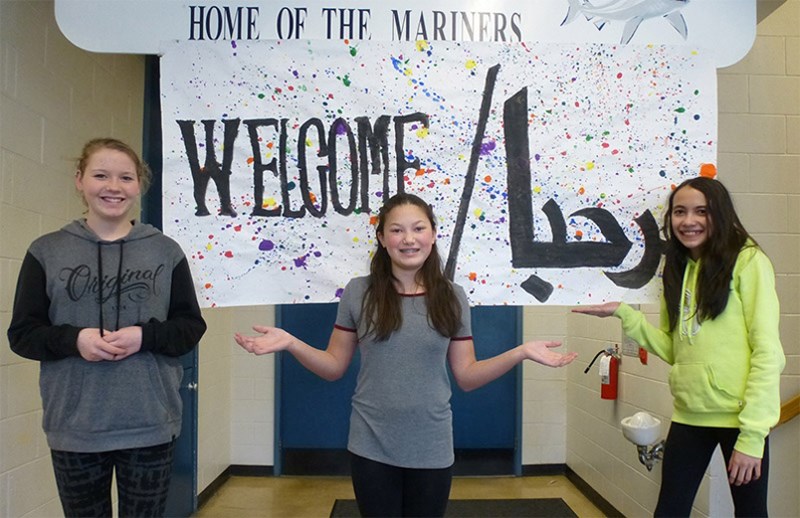Two years after a rush of media attention on refugees fleeing war-torn nations such as Syria, refugee students continue to arrive in School District 43.
Last week, the SD43 board of education heard some of their stories, including that of an 18-year-old with hearing difficulties who arrived in a classroom with limited English and interrupted schooling.
Workers “brainstormed” to figure out how to meet the student’s needs as he was of an age when students are expected to graduate.
“We got him a hearing aid and we enrolled him in American sign language class at Vancouver Community College,” said Gabrielle Licsko in a presentation on English as an additional language (EAL) programs in SD43 schools.
The student also attended secondary school and workers found him some work experience placements.
“We are able to get all kinds of help to move this child forward,” Licsko said.
Typically, students who arrive near graduation age can continue their schooling through Continuing Education, trustees were told.
After an initial rush of refugee students in 2016, SD43 saw fewer new students from war-ravaged lands in 2017. But about six continue to arrive each month, with a total of 52 entering local schools since June 2017. In all, SD43 has 288 students with refugee status.
Assistant superintendent Reno Ciolfi said in an email that refugee students make successful transitions from the Welcome Centre and initial settlement services and programs into schools. They are supported by settlement workers who speak a number of languages.
“Our school district continues to successfully welcome refugees to our schools and communities, and we are proud of the outstanding work our SWIS team, LINC teachers and other staff do in providing expertise and services to meet the immediate and ongoing settlement needs of refugee students and families,” Ciolfi said.
Overall, those students speak 140 languages at home, while teachers work with students either through a pullout model or in-class, or a combination.
Typically, a classroom teacher provides the service in consultation with the EAL teacher and trustees were told that a combination of professional development, mentoring and other supports is helping new teachers learn how to teach students whose first language is not English.
According to notes provided by Licsko and Dale Shea, it can take two years to develop social language skills and from five to nine years to develop the academic language needed to read textbooks and perform academic work.
But SD43 students do well compared to the provincial average. In the 2016/’17 school year, 88.6% of students with English as an additional language graduated compared to the B.C. average of 87%. In all, students making up the EAL cohort in SD43 include 4,550 ministry-funded students, 150 who are supported without funding and 2,000 international students, who get support through revenues generated by their $15,000 annual fees.
A new centralized reception area for students needing English language assessment and placement will be located in Centennial secondary in Coquitlam.
“We are prepared to put a teacher in there to assess everyone who comes into the district,” Shea told trustees.



